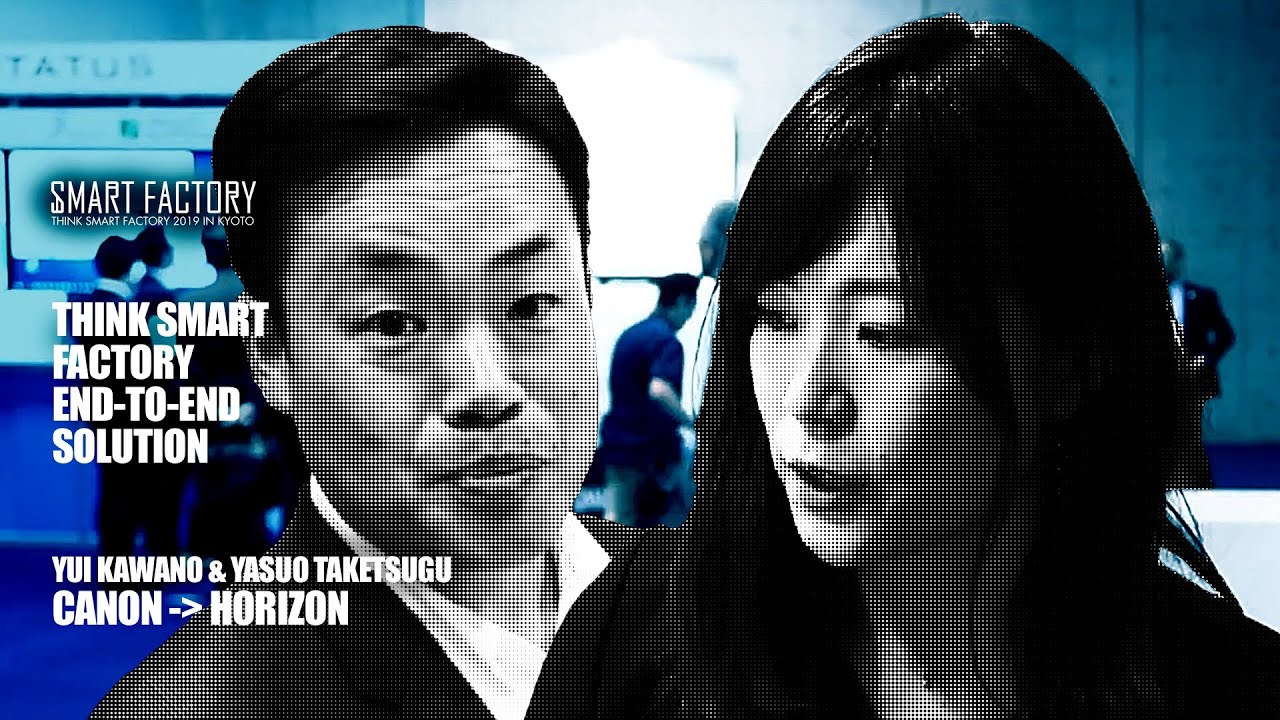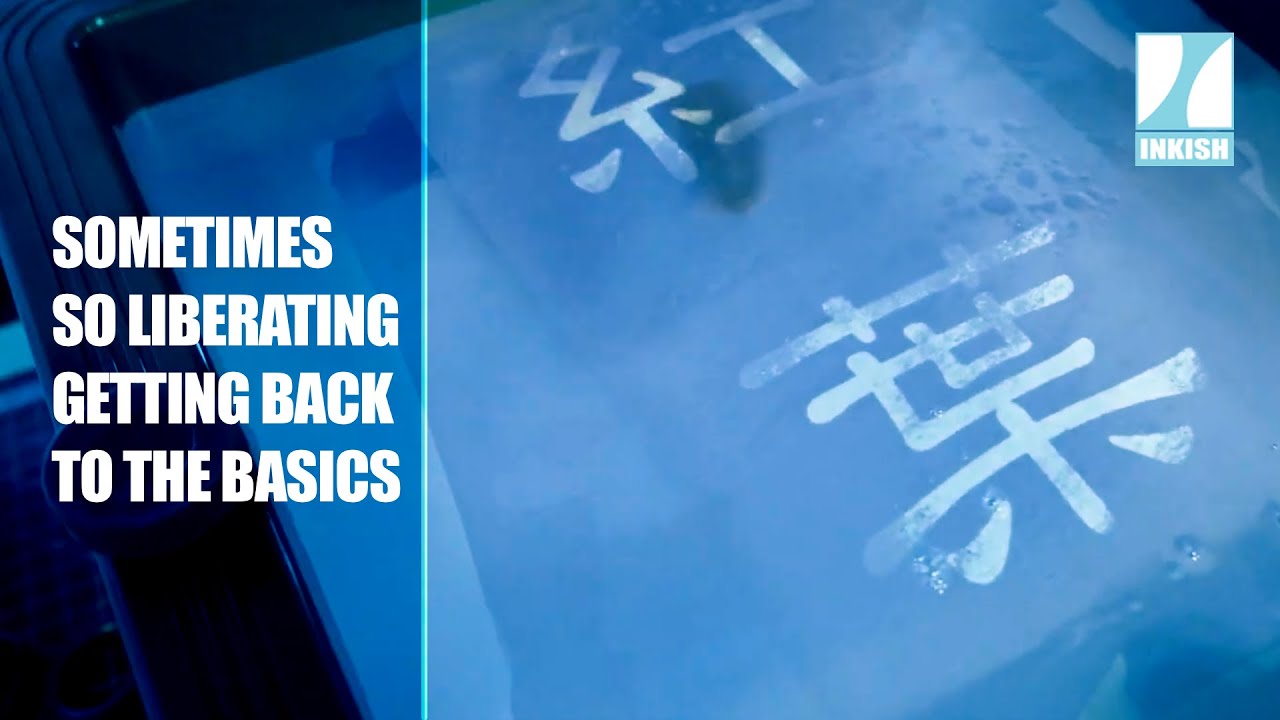Think Smart Factory · Canon to Horizon end-to-end · Yui Kawano & Yasuo Taketsugu
In this film, Yui Kawano from Canon Marketing shows an end-to-end solution together with Yasuo Taketsugu from Horizon International. This is a brilliant example of how workflow & automation enable printers to automate the entire print and binding process. This film also shows the amazing power behind JDF, where not only files but also production data is delivered directly from an MIS system. The entire production workflow is managed in the JDF and setup printer as well as the binder.
This is Canon’s production control system, PPFM. And we make like this… photo books. Normally, we have to set four devices for cover printers and multi-printers. And binding machine and trimming machine for each order. But this system … to receive the order information from MIS, that automatically generate the JDF and in position data, and set four devices automatically. And like this, cover, body, binding, trimmings, and we can get the PDF from this UI, like this.
And we also generate the barcode and QR code for Horizon machines. Just select the four jobs and push the print button, and these devices start running.
So the system sends the JDF and PDF data to this binder, and automatically start printing, and this is that job. We can see that preview, and this is the schedule. And after eight minutes, we’re finished.
Here’s the book block printed by the Canon Press and allotted on a HOF-400.
Now press the start button. See this fed by the HOF-400 and accumulated on a HE-400. And then they’re gathered at a jogger. So, once the book block is collected at a jogger station, a robot arm picks up the book block, and then feeds into the carriage clamp of the binder.
So, book block is merged with the covers, and then they deliver on a conveyor. And while the book block is fed, and barcode on a book block and a cover is matched for the perfection. And then the book block is transported into the HT-300, our new trimmer, and three sides of the four edges, and then top-and-tail are trimmed.
So once the book block is trimmed it is delivered to the delivery conveyor, to complete the book.
We put the robotic technology onto our private binding solution. Because currently, labor is an issue. So, to reduce the labor, the robotic always the one solution for. So, we put that technology into the binder, and then we want to hear customer’s opinion, what they are thinking about. And we want to draw this market more.
This would be a good testimonial or first time showing this one. And we can improve the technology, and maybe we can bring this one from the single print binder, and then maybe in the future, four clamp binder. And an e-feed. We are now using a HOF c feeder, but we can think about, in line with a printers or maybe the [inaudible 00:03:32] cutting stock solutions. Or so, it can be an expanding market, I think.
So ICE compact is actually the connection is behind it. So ICE means that I is the intelligence, and then the C is connected, and then the E is in efficiency. All connected, and it makes everything efficient. Right? So that’s in the print market, it’s necessary for now.






































































